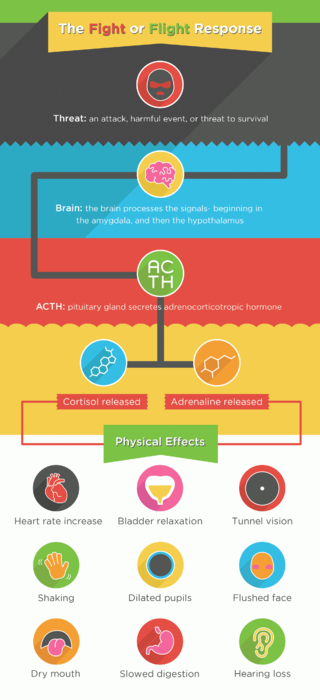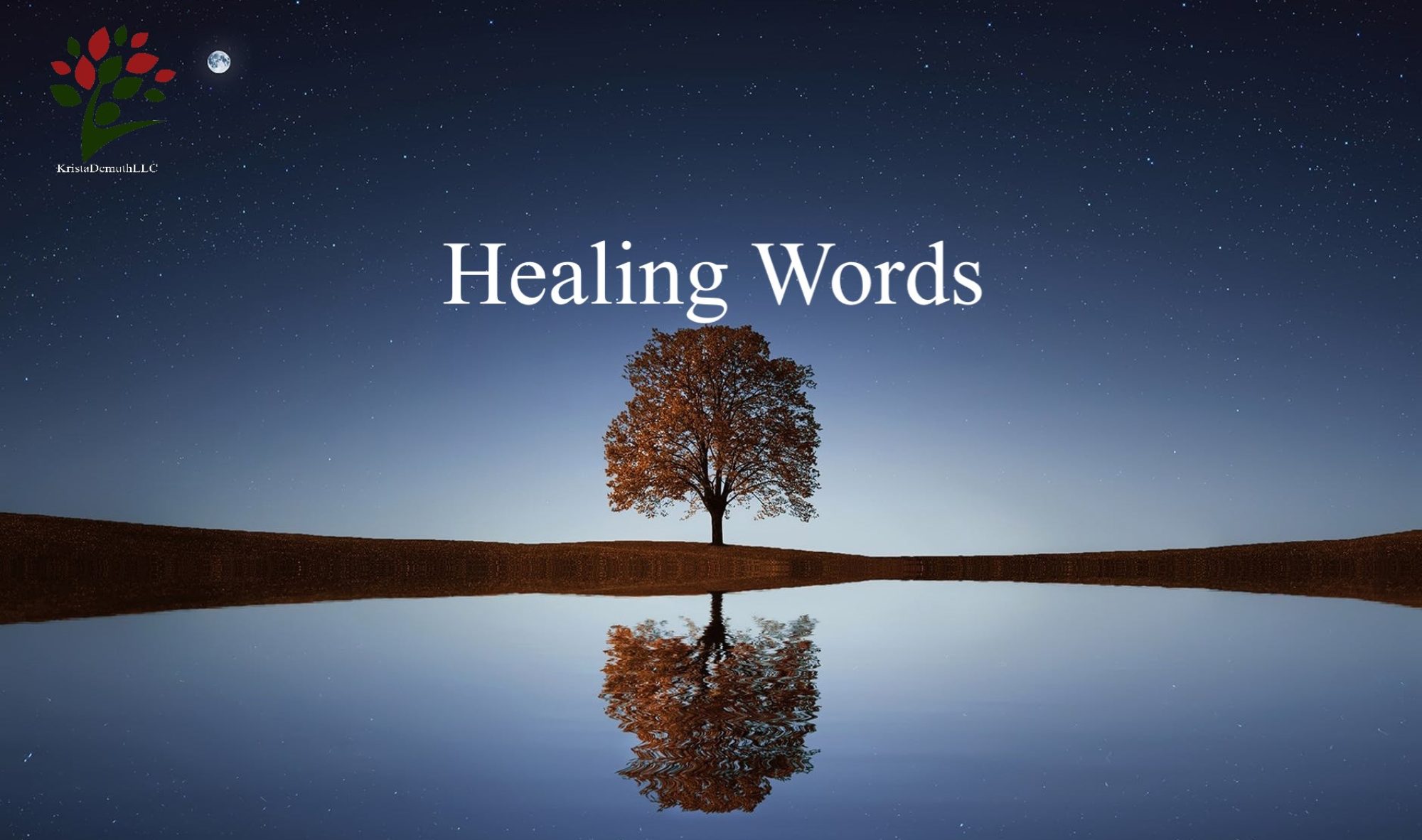We are living in interesting times. The COVID-19 pandemic has caused massive upheaval in multiple areas of our lives. Things are changing on a daily basis which can cause an increase in panic and fear. As humans, we like to feel safe. Uncertainty definitely doesn’t feel safe. It’s pretty easy to quickly fall into fear, anxiety, and panic when faced with uncertainty.

Schools across America are suspended indefinitely. Some states are on mandatory “stay at home” orders. There are rumors of job cuts, layoffs, and financial disaster. We are hearing about many deaths related to the COVID-19 virus. Information can be conflicting at times: elderly are at risk, immune-compromised individuals are at risk, kids are at risk, healthy adults are at risk, everyone is at risk, no one is at risk. The virus can live from a few minutes to a few days on some surfaces, all surfaces, no surfaces. It can be spread through direct contact. It is airborne. It is not airborne. Washing hands and sanitizing prevents the spread, masks do and do not prevent contamination, hazmat suits are the way to go. What if I’m put into quarantine? Can I be legally forced to stay in my home? Will the grocery stores be open? Can I get my medication? Etc, etc, etc. The bottom line is: the information is constantly changing and, if you choose, you can be inundated with conflicting information minute by minute. Is it any surprise that so many people are dealing with fear, anxiety, and panic?

How can you live at peace during these uncertain times? Let me give you a few suggestions. It’s important to remember that humans tend to focus on worst case scenarios when they are anxious. We can experience racing, negative thoughts. It’s also important to remember the brain/body connection of anxiety: your anxious brain is taking over your body and sending you into a fight/flight/freeze response. So what can you do to take control? Break that brain/body connection through specific techniques, then take control of your thoughts.

Calming techniques:
- Deep breathing: sit in a quiet place, and breathe in deeply through your nose, hold for 3-5 seconds, then slowly exhale through your mouth for 3-5 seconds. Repeat at least 10 times.
- Tighten and release your muscles: Starting with your feet, tighten your toes, hold for 3-5 seconds, then release. Repeat 5 times. Then move up your body, squeezing and releasing your muscle groups one at a time. Your last muscle group will be your hands
- Counting: count slowly from 1-10 (or even 20). Then count down from 10 (or 20) to 1. Pay close attention to the level of your anxiety. Continue counting until you feel calmer
- Mindfulness: find a quiet place to sit and then begin paying attention to your surroundings. Use your five senses. What are 5 things you can see? 4 things you can touch? How do those things feel? Describe them in detail. 3 things you can hear? 2 things you can smell? 1 thing you can taste?

Once you’ve calmed your body, check in with your thoughts. Are you still having worse case scenario thoughts? Do you hear yourself thinking “what if?” Work to change or interrupt those thoughts remembering that the brain often goes to worst case scenarios.
- Consciously choose to think of something positive
- Sing a song
- Listen to music
- Practice thought stopping
- Talk to a professional
- Check out the racing thoughts blog I wrote a few months ago
The world is in a crisis, but you don’t have to be. Try practicing the above techniques to calm your anxiety and bring some peace to your life. If you’re struggling, please reach out and talk to a professional. We are here to help you!

To health, hope and healing:
Krista

Awesome post, thanks for sharing!
You are welcome. 🙂